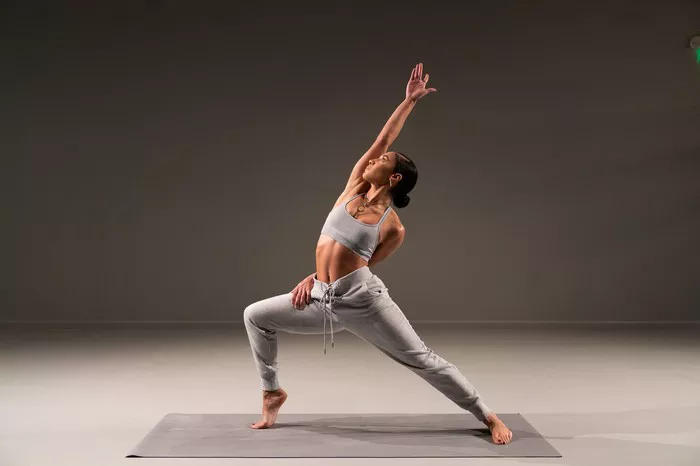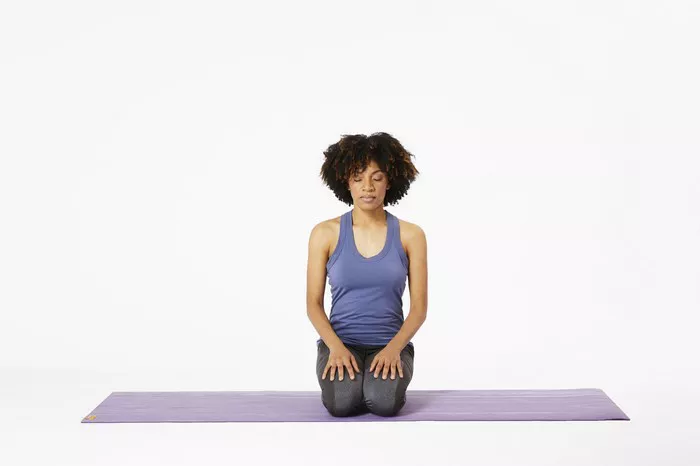In a world filled with constant distractions and stressors, finding a restful night’s sleep can often feel like an elusive goal. As sleep quality declines, so does overall health and well-being. Enter Yoga Nidra, a transformative practice that blends the benefits of yoga and meditation to promote deep relaxation and restorative sleep. This article delves into the principles of Yoga Nidra, its benefits, techniques, and how you can integrate it into your daily routine for improved mental, emotional, and physical health.
What is Yoga Nidra?
Defining Yoga Nidra
Yoga Nidra, often referred to as “yogic sleep,” is a state of consciousness between waking and sleeping. It is a guided meditation practice that facilitates deep relaxation while maintaining awareness. Unlike traditional sleep, where the body is unconscious, Yoga Nidra allows individuals to remain conscious and aware of their thoughts and surroundings, creating a unique state of restful awareness.
Historical Background
Originating from ancient yogic texts, Yoga Nidra has its roots in the teachings of Swami Satyananda Saraswati, who popularized the practice in the 20th century. The technique is grounded in the principles of Sankhya philosophy, which emphasizes the mind’s connection to the body and spirit. Over time, Yoga Nidra has evolved, becoming accessible to a broader audience seeking relief from stress and anxiety.
The Science Behind Yoga Nidra
Understanding Sleep Cycles
To appreciate the benefits of Yoga Nidra, it’s essential to understand the stages of sleep. The sleep cycle consists of several phases, including REM (Rapid Eye Movement) and non-REM sleep, which are crucial for physical restoration, cognitive function, and emotional balance. Yoga Nidra helps facilitate a transition between these stages, promoting a deeper, more restorative sleep experience.
Neuroscientific Insights
Research indicates that Yoga Nidra can positively affect brain activity. Studies using EEG technology show that practitioners enter a state of deep relaxation similar to REM sleep, characterized by reduced brain activity and increased alpha and theta wave production. This shift can enhance creativity, problem-solving, and overall mental clarity.
See also: Is Yoga a Form of Meditation? Exploring the Connection
Benefits of Yoga Nidra
Deep Relaxation: Yoga Nidra allows individuals to experience profound relaxation, reducing stress and anxiety levels.
Improved Sleep Quality: Practicing Yoga Nidra regularly can help improve the quality of sleep, making it easier to fall asleep and stay asleep.
Emotional Healing: The practice encourages self-awareness, helping individuals confront and process emotions, leading to emotional healing.
Enhanced Focus and Concentration: By promoting relaxation, Yoga Nidra can enhance cognitive function and focus, making it easier to tackle daily tasks.
Physical Health Benefits: Regular practice can alleviate tension, reduce muscle pain, and improve overall physical health.
The Yoga Nidra Practice
Preparation for Practice
Before beginning Yoga Nidra, it’s important to create a conducive environment. Choose a quiet, comfortable space where you won’t be disturbed. You may wish to lie on your back on a mat or a soft surface, using props such as blankets or cushions for added comfort.
The Yoga Nidra Structure
A typical Yoga Nidra session involves several key components:
Settling In: Start by lying down comfortably, closing your eyes, and taking a few deep breaths. Allow your body to relax and let go of any tension.
Intention Setting (Sankalpa): Focus on a positive affirmation or intention that you wish to manifest in your life. This could be related to personal growth, health, or emotional well-being.
Body Scan: The guide will typically lead you through a body scan, bringing awareness to each part of the body, promoting relaxation and releasing tension.
Breath Awareness: Bring your attention to your breath, observing its natural rhythm. This helps anchor your awareness and deepen the relaxation process.
Visualizations: Many Yoga Nidra sessions incorporate guided visualizations, allowing practitioners to explore calming imagery that promotes relaxation and tranquility.
Return to Awareness: Gradually, the practice will guide you back to the waking state, allowing you to gently awaken while retaining the benefits of the practice.
How to Incorporate Yoga Nidra into Your Routine
Creating a Regular Practice
To fully experience the benefits of Yoga Nidra, consistency is key. Aim to practice at least two to three times a week, gradually increasing the frequency as you become more comfortable with the practice.
Timing Your Practice
Yoga Nidra can be practiced at any time of day, but many find it particularly beneficial before bedtime or during the day as a form of relaxation and rejuvenation.
Common Misconceptions About Yoga Nidra
It’s Just Napping: While Yoga Nidra involves deep relaxation, it is not the sameas sleeping. Practitioners remain aware and conscious throughout the session.
Only for Experienced Yogis: Yoga Nidra is accessible to everyone, regardless of yoga experience. Beginners can easily engage with the practice.
It Requires a Quiet Space: While a quiet environment enhances the experience, Yoga Nidra can be practiced in various settings with some adaptation.
Conclusion
Yoga Nidra offers a profound opportunity to explore the depths of relaxation and self-awareness. By incorporating this practice into your routine, you can experience improved sleep quality, reduced stress, and enhanced emotional well-being. Whether you seek a moment of calm in your day or a path to deeper self-discovery, Yoga Nidra can serve as a powerful tool in your wellness journey. Embrace the tranquility and unlock the potential of your mind and body through this transformative practice.
This comprehensive guide provides an in-depth look at Yoga Nidra, its benefits, and practical tips for incorporating it into daily life, making it an invaluable resource for anyone seeking to enhance their overall well-being through this unique practice.
Related topics:
A Comprehensive Guide to Anxiety Meditation
Healing Yoga Meditation: Restoring Balance and Well-Being
5 Yoga Meditation Sitting Poses: Everything You Need to Know
























